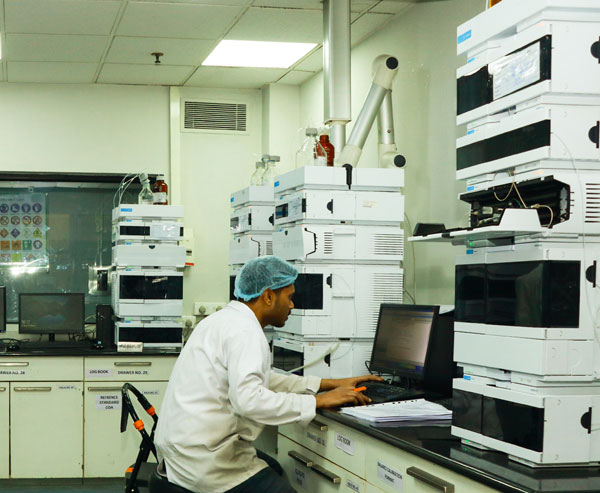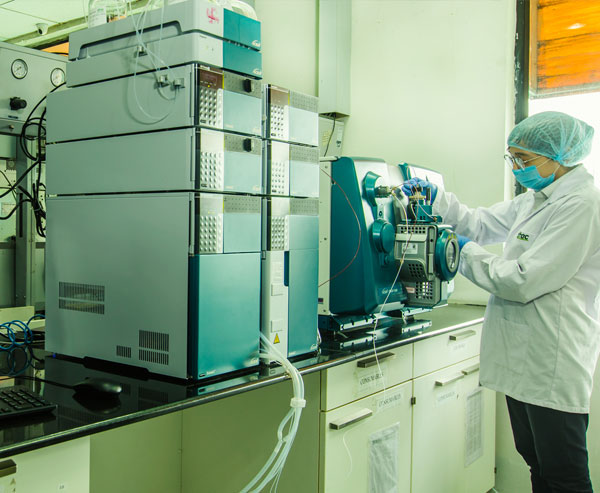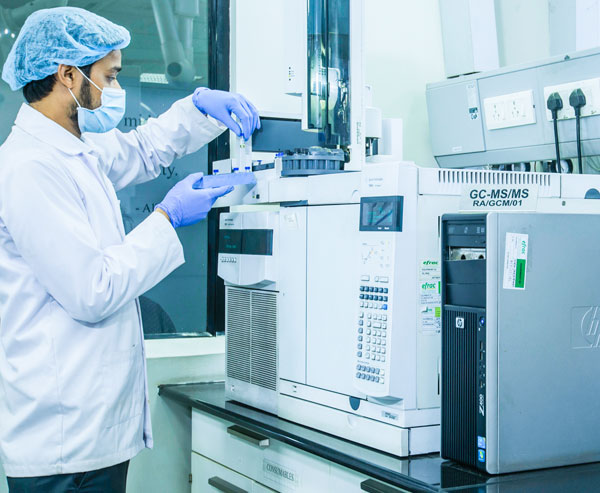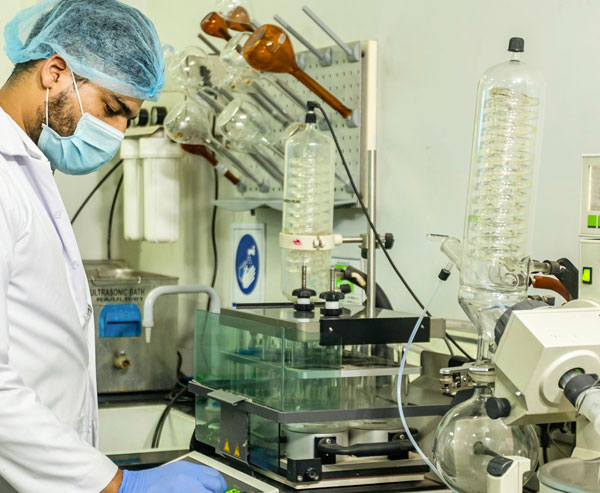METHOD DEVELOPMENT
Non-Pharmacopoeial and Proprietary Combinations involve new Drugs and Excipients in Multiple Combinations and require Advanced Processing / Formulation Strategies. Thus, Product Formulation, Development, and Optimization necessitate that constituents be Accurately Determined through Validated and appropriate Analytical Methodologies.
With the Advent of newer Drugs, Excipients & newer Processing/ Formulation Strategies in combination with Two or more Drugs, there is a relevant need for legitimate Analytical Methods to determine them properly. This is generally applicable for Non-Pharmacopoeial Proprietary Combination Products and therefore, Essential for Formulation/ Product Development and Optimization.
EFRAC offers Economical and Strategic solutions for Method Development, Validation, Verification, Optimization Improvement, Qualification & Transfer Studies for a wide range of Modern Drugs, Ayurvedic Drugs, Nutraceuticals & Cosmetic Products by critically adhering to the Quality Standards & Integrity which are the backbone for any new Drug Delivery into the Market. Our Integrated Approach to Analytical Method Standardization, all stages of Pharmaceutical Fabrication Processes namely APIs, Intermediates & all types of Dosage Forms or Finished Products has been successfully Executed in many High-Volume Projects for Clients by maintaining Strict Deadlines.
Accuracy: Closeness of Test Results to the True Value across the Range.
Precision: Degree of Agreement among Individual Rest Results applied repeatedly to Multiple Samples of a Homogeneous Sample.
Specificity/Selectivity: Ability to assess the Analyte in the presence of Components expected to be present.
Detection Limit (LOD): The Lowest amount of Analyte that can be Detected under the Stated Experimental Conditions.
Quantitation Limit (LOQ): The Lowest amount of Analyte that can be determined with Acceptable Precision and Accuracy under the stated Experimental Conditions.
Linearity: The ability to elicit Test Results that are Proportional to the Concentration of the Analyte within a given Range.
Range: The Interval between the Upper and Lower Levels of Analyte that have been demonstrated to be determined with a Suitable Level of Precision, Accuracy, and Linearity.
Robustness: The measure of its Capacity to remain Unaffected by Small but Deliberate Variations in Procedural Parameters.
INSTRUMENTS
AAS – (Flame, GTA, VGA) • Digital Polarimeter • Digital Refractometer • Dissolution Test Apparatus • Flame Photometer • FT-IR • GC- (FID) • GC- (HEAD SPACE, ECD, MS) • GC-MS MS (QQQ) • HPLC (FLD, PDA, ELSD, RID) • IC • ICP-MS • LC-MS-MS (QQQ) • Potentiometer • UV -Visible Spectrophotometer • DSC • TGA • Particle Size Analyzer
METHODS
Studies conducted: Assay • Dissolution • Excipients like Preservatives and Stabilizers • Impurities and Related Substances • Microbiological Tests • Organic Volatile Impurities and Residual Solvents • Physico-Chemical Tests • Trace Elements, Metals, Metalloids, and Heavy Metals


 Drug & Cosmetic
Drug & Cosmetic  Microbiological
Microbiological  Method
Method  Waste
Waste  Download
Download 









